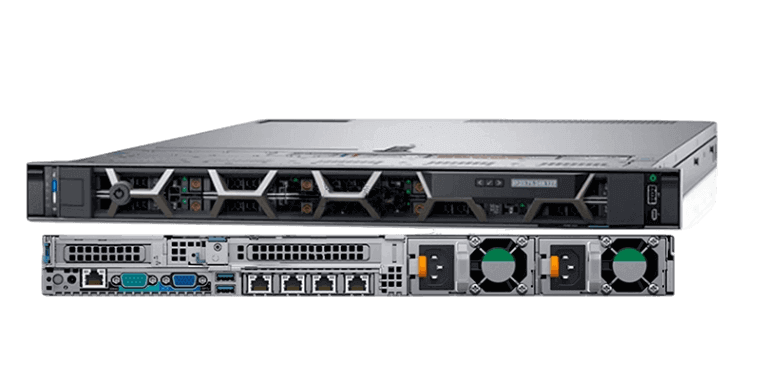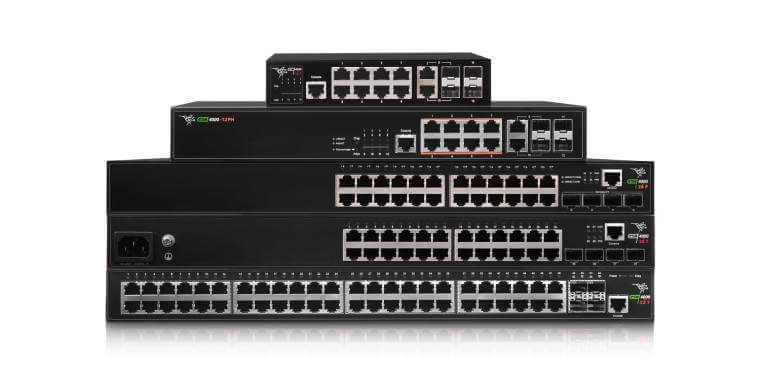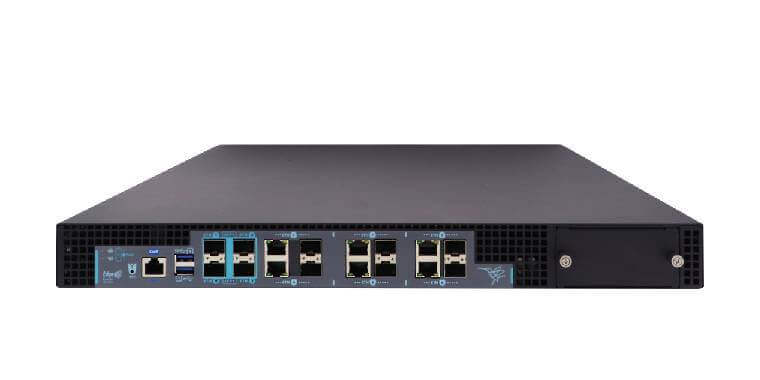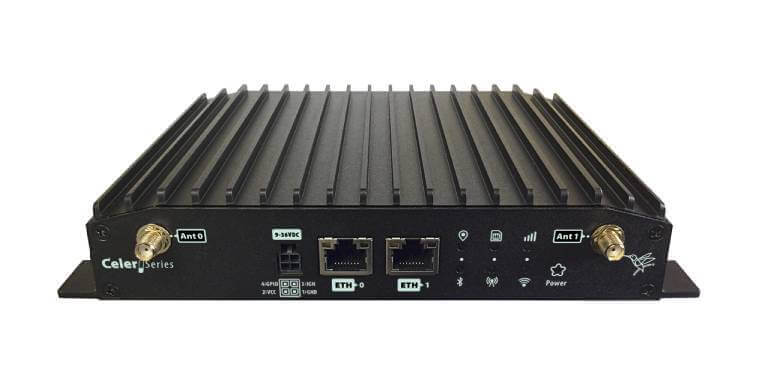FAQ´s related to SD-WAN Solution by Teldat
1. What is SD-WAN (Software-Defined Wide Area Network)?
2. What does SD-WAN do, and which services does it use?
3. What does an SD-WAN solution connect?
4. What are the key benefits of an SD-WAN solution?
5. Is SD-WAN implementation truly necessary for a large enterprise?
6. When should SD-WAN be used?
7. Why switch to SD-WAN?
8. How does SD-WAN improve the user experience for cloud applications?
9. What is dynamic routing in SD-WAN, and how does it benefit my network?
10. How does traffic segmentation in SD-WAN enhance network security?
11. What is centralized orchestration in SD-WAN, and how does it simplify network management?
12. ¿Qué es Zero Touch Provisioning (ZTP) en SD-WAN y cómo facilita la implementación?
13. ¿Cómo SD-WAN se adapta a las necesidades de una empresa con múltiples sucursales?
14. ¿Qué papel juega la analítica en SD-WAN y cómo ayuda a optimizar la red?
1. What is SD-WAN (Software-Defined Wide Area Network)?
SD-WAN (Software-Defined Wide Area Network) is an advanced connectivity solution that simplifies and optimizes access to cloud applications and services for businesses with multiple locations. Through virtualization, branch offices enjoy a more agile, secure, and efficient connection.
2. What does SD-WAN do, and which services does it use?
SD-WAN is a virtual WAN architecture that optimizes business connectivity by intelligently utilizing different transport services (MPLS, LTE, broadband). This results in a faster, more secure, and efficient connection for users, who can access applications seamlessly.
3. What does an SD-WAN solution connect?
SD-WAN offers numerous benefits for WAN management, such as increased agility and centralized control. By decoupling hardware from software, it allows for optimized routing and efficient connection of remote locations. However, it’s essential to implement robust security measures to ensure network protection.
4. What are the key benefits of an SD-WAN solution?
An integrated SD-WAN solution offers centralized management, bandwidth optimization, enhanced security, and cost reduction compared to traditional WANs that a company would otherwise face.
5. Is SD-WAN implementation truly necessary for a large enterprise?
SD-WAN is an essential technology for today’s businesses, providing efficient and easy cloud connectivity. It optimizes application performance and boosts business productivity while prioritizing data security and privacy.
6. When should SD-WAN be used?
SD-WAN is an ideal solution for businesses looking to optimize the performance of their cloud applications and services. With its ability to manage multiple high-capacity circuits, SD-WAN ensures fast and reliable access to cloud applications, even in high-traffic environments.
7. Why switch to SD-WAN?
SD-WAN revolutionizes WAN connectivity by offering carrier independence, ensuring greater availability and redundancy. It also optimizes access to SaaS and cloud applications, improving performance and user experience by eliminating the need to route traffic through a centralized data center.
8. How does SD-WAN improve the user experience for cloud applications?
SD-WAN optimizes SaaS application performance by prioritizing critical traffic, ensuring a better user experience and increased productivity.
9. What is dynamic routing in SD-WAN, and how does it benefit my network?
Dynamic routing in SD-WAN selects the best path for traffic in real time, optimizing bandwidth usage and reducing latency.
10. How does traffic segmentation in SD-WAN enhance network security?
Traffic segmentation in SD-WAN isolates different types of traffic, reducing the attack surface and protecting confidential information.
11. What is centralized orchestration in SD-WAN, and how does it simplify network management?
Centralized orchestration in SD-WAN allows for managing the entire network from a single dashboard, simplifying configuration, monitoring, and troubleshooting.
12. What is Zero Touch Provisioning (ZTP) in SD-WAN and how does it facilitate implementation?
Zero Touch Provisioning (ZTP) in SD-WAN is a key functionality that significantly simplifies and accelerates the implementation of SD-WAN solutions in remote locations. Among the great advantages it provides:
- Eliminates the need to send technicians
- Reduces installation costs
- The device is configured automatically
- Allows you to add new network locations easily and quickly
13. How does SD-WAN adapt to the needs of a company with multiple branches?
SD-WAN adapts exceptionally well to the needs of companies with multiple branches, offering:
- Centralized management
- Application optimization
- Cost reduction
- Security and traffic segmentation
14. What role does analytics play in SD-WAN and how does it help optimize the network?
Analytics in SD-WAN provides visibility into network performance, allowing you to identify bottlenecks and optimize the use of resources.
Read our latest Blog Posts
Private 5G networks for companies, public sector and operators
The adoption of a private 5G network has become a strategic pillar for companies, public institutions, and operators seeking secure, high-performance communication infrastructures under their full control. Unlike public networks, a private 5G network combines the...
SD-WAN Automation: The Secret to Large-Scale Deployments
Today’s corporate networks are undergoing rapid transformation. The digitization of processes, mass adoption of cloud applications, and the growth of remote work have made connectivity a strategic resource. SD-WAN has become a key technology, enabling traffic...
CE Marking – Certification and Marking
The certification of devices equipped with radio technology, together with their corresponding marking, has always been essential to ensure operational safety, electromagnetic compatibility, and the interoperability between systems. These processes were traditionally...

























